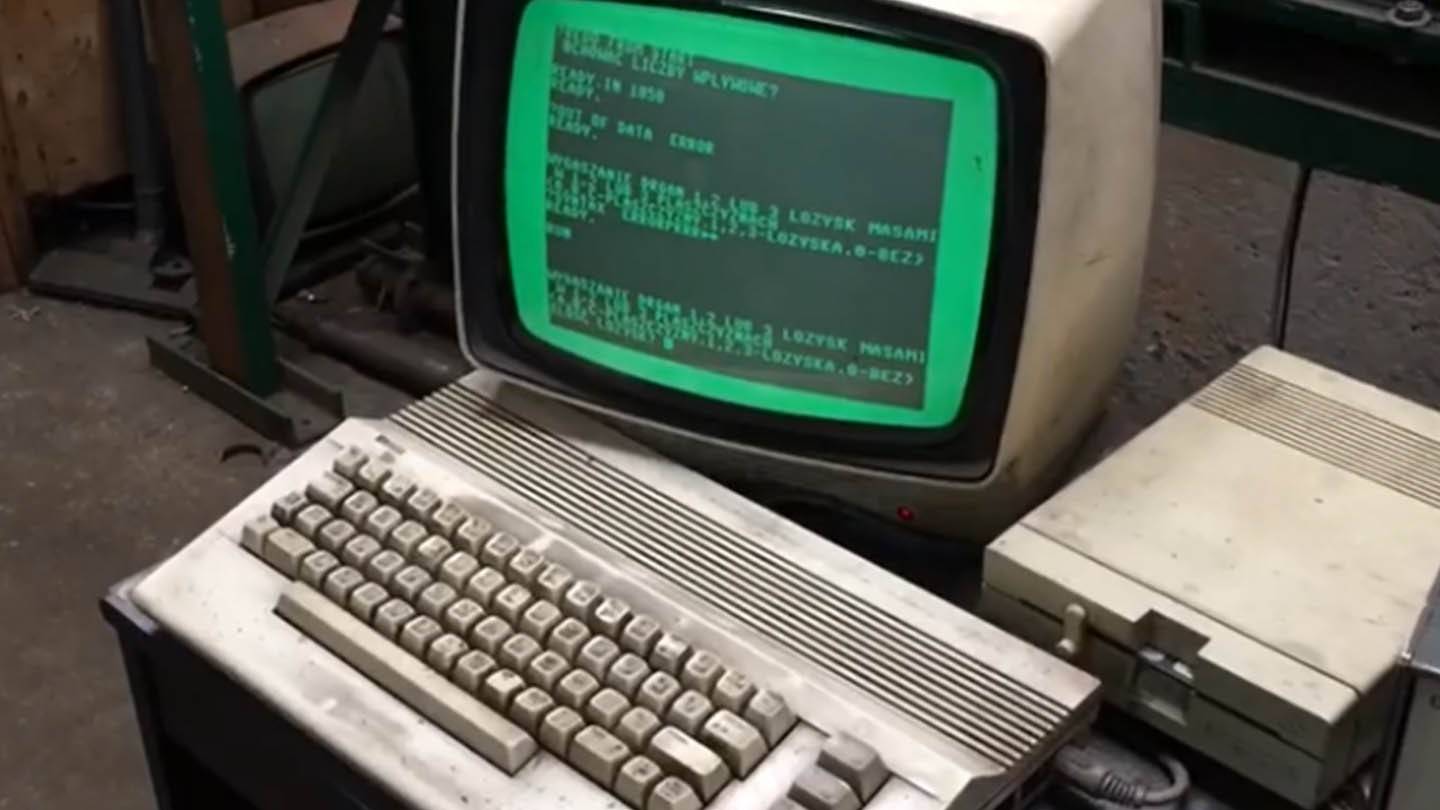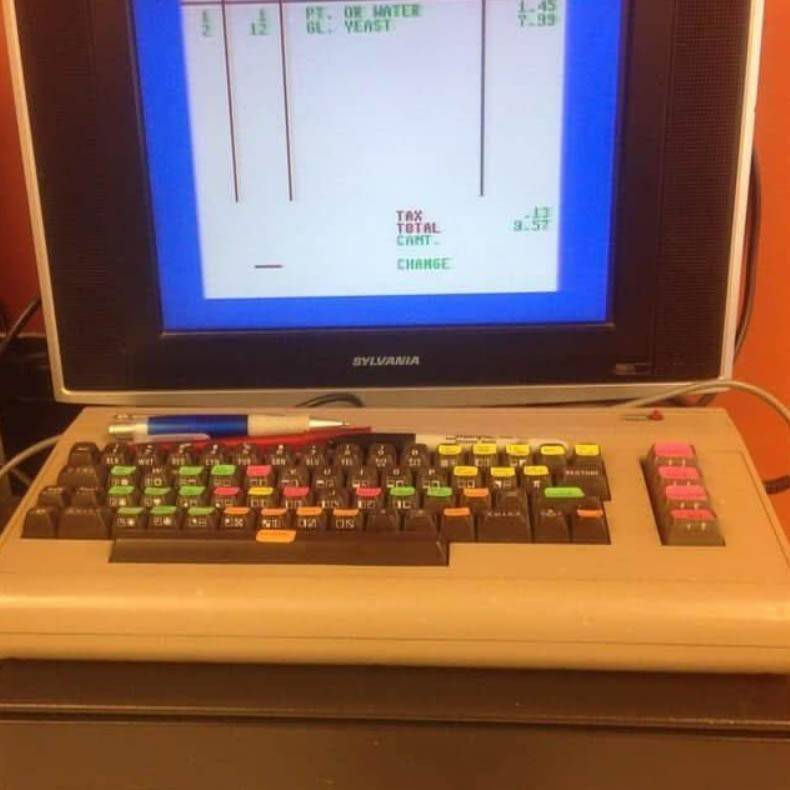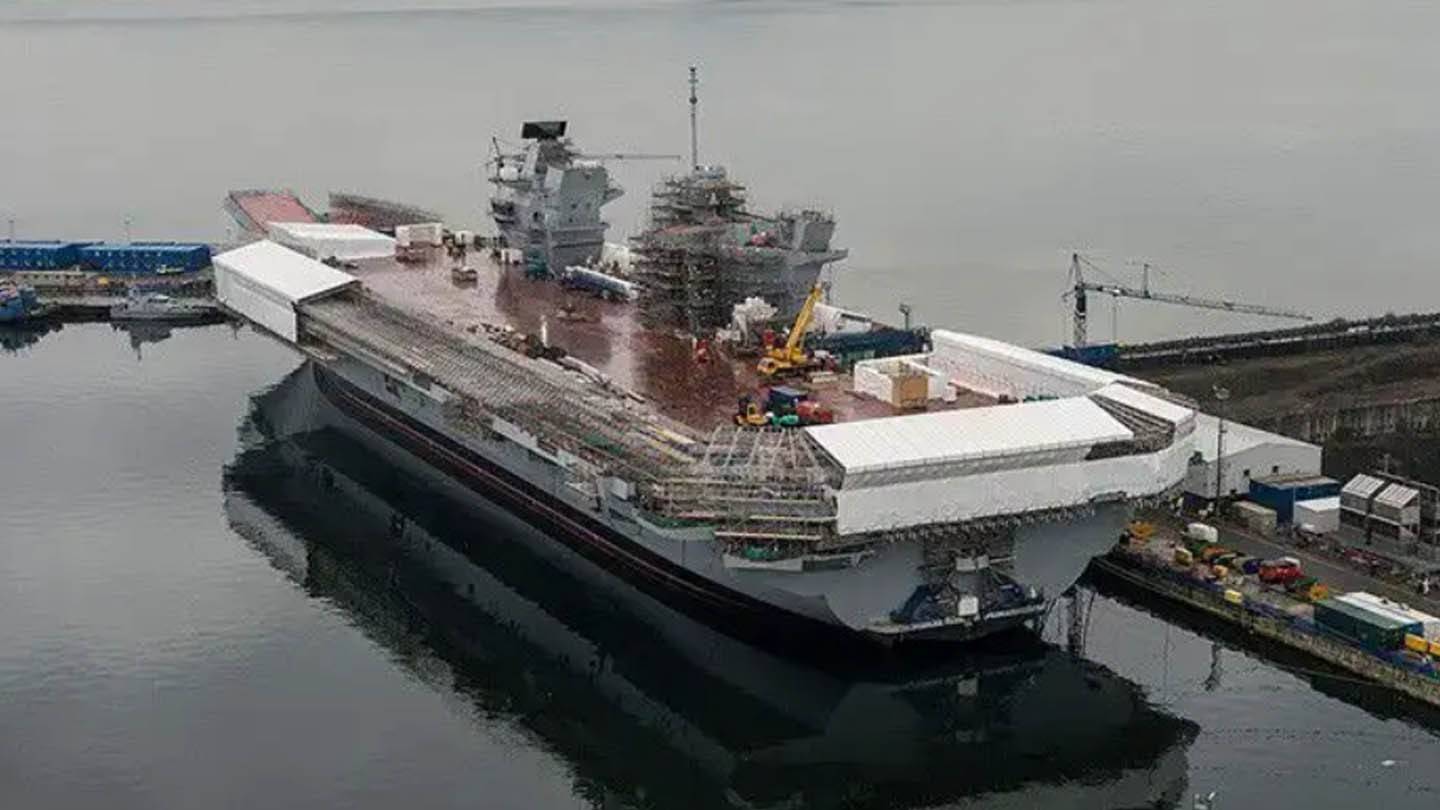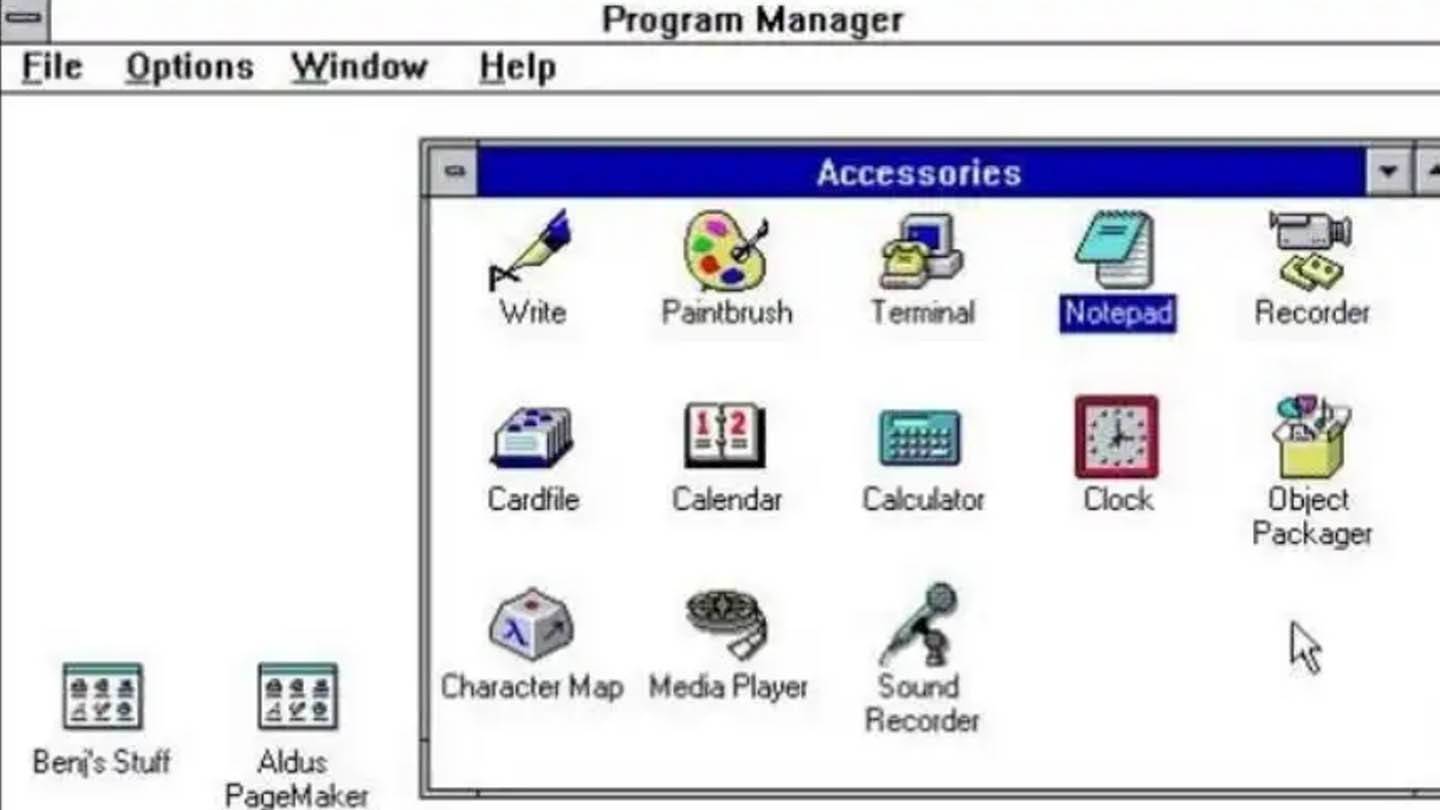The relentless march of technology sees us upgrading devices every few years – iPhones, processors, graphics cards – with obsolete hardware often resold or discarded. Yet, many older systems remain surprisingly functional and even essential. Here are eight examples of vintage tech defying obsolescence:
Table of Contents
- Retro Computers Mining Bitcoin
- A Reliable Mechanic's Assistant Since the '80s
- Vintage Tech as a Bakery POS System
- Outdated Systems Managing Nuclear Arsenals
- Windows XP Powers Multi-Billion Dollar Aircraft Carrier
- Critical Airport Infrastructure Fails Due to Legacy Software
- Classic Hardware in Cutting-Edge Research
- Nostalgia's Enduring Influence
Retro Computers Mining Bitcoin
 Image: x.com
Image: x.com
A Commodore 64 (1982) was shown to mine Bitcoin, albeit incredibly slowly (0.3 hashes per second). This contrasts sharply with a modern RTX 3080 GPU (100 million hashes per second). Mining a single Bitcoin on the C64 would take roughly a billion years. Similarly, a YouTuber mined using a Nintendo Game Boy (1989), achieving 0.8 hashes per second – still astronomically slower than modern ASICs.
A Reliable Mechanic's Assistant Since the '80s
 Image: x.com
Image: x.com
A Commodore 64C in Gdansk, Poland, has aided mechanics for over 30 years, even surviving a flood. Its simple 1 MHz CPU and 64 KB of RAM flawlessly run custom software for drive shaft calculations, showcasing the longevity of robust, uncomplicated technology.
Vintage Tech as a Bakery POS System
 Image: x.com
Image: x.com
An Indiana bakery has used a Commodore 64 as a POS system since the 1980s. Nicknamed the "breadbox," its reliability surpasses modern systems prone to software updates; only the baked goods labels on the keyboard needed updating.
Outdated Systems Managing Nuclear Arsenals
 Image: x.com
Image: x.com
The US manages part of its nuclear arsenal via a 1976 IBM computer using 8-inch floppy disks (≈80 KB). While modernization is planned, its proven reliability maintains its role. Similarly, German Brandenburg-class frigates use 8-inch floppies, with upgrades involving emulators, highlighting the inertia of established systems.
Windows XP Powers Multi-Billion Dollar Aircraft Carrier
 Image: x.com
Image: x.com
The HMS Queen Elizabeth, a multi-billion dollar aircraft carrier, runs on Windows XP (support ended 2014). While the Royal Navy assures security measures are in place, this reliance on outdated software is noteworthy. Britain's Vanguard-class submarines also use Windows XP for missile management, remaining offline for security until planned updates in 2028.
Critical Airport Infrastructure Fails Due to Legacy Software
 Image: x.com
Image: x.com
In 2015, Paris Orly Airport experienced a system failure when a Windows 3.1 (1992) computer crashed, halting weather data provision and causing flight suspensions.
Classic Hardware in Cutting-Edge Research
Retro computers, such as the Commodore 64, find applications in educational settings for teaching programming and simulating basic physics experiments, leveraging their simplicity for fundamental computing education.
Nostalgia's Enduring Influence
Beyond practical reasons, many organizations maintain legacy systems due to familiarity and established workflows, avoiding the costs and disruptions of upgrades.
These examples demonstrate the surprising resilience of older technology, highlighting the enduring value of simplicity and reliability, even as newer systems emerge.
 Home
Home  Navigation
Navigation






 Latest Articles
Latest Articles










 Latest Games
Latest Games




![Chubby Story [v1.4.2] (Localizations)](https://imgs.xddxz.com/uploads/85/1719638042667f981a5e9f8.jpg)

![Zia – New Version 0.4 [Studio Zia]](https://imgs.xddxz.com/uploads/47/1719569268667e8b74e6004.jpg)




